I found the scientific evidence for heat therapy for longevity to be much more convincing than that for cold therapy:
We look at the research around heat therapy, sauna bathing, infrared, and more to see!
I found the scientific evidence for heat therapy for longevity to be much more convincing than that for cold therapy:
We look at the research around heat therapy, sauna bathing, infrared, and more to see!
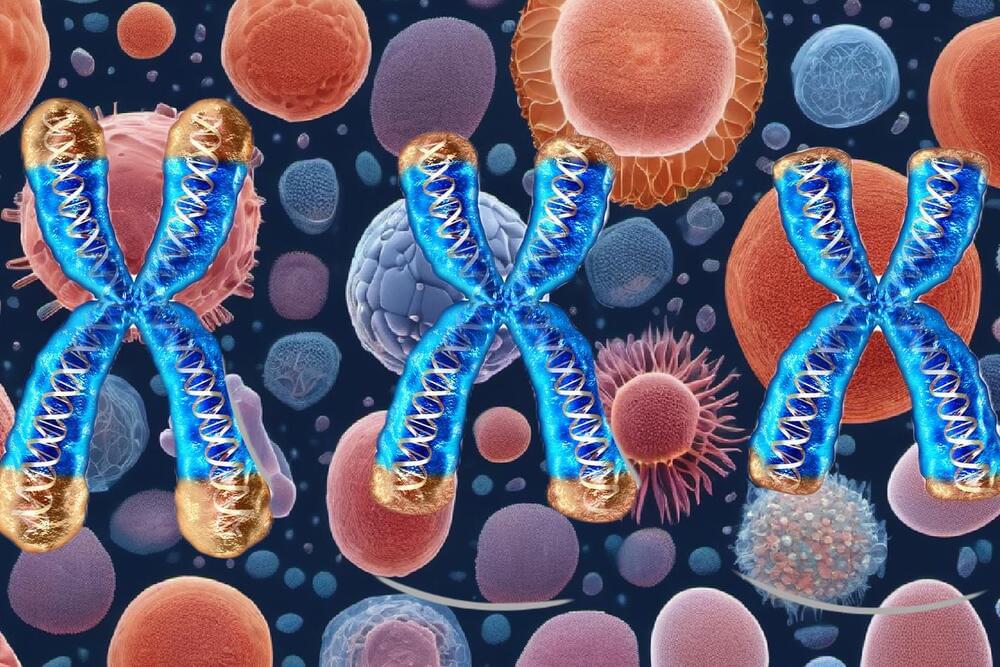
In pre-clinical trials, a small molecule effectively regrew neurons, reduced inflammation, and improved memory, speed, coordination, grip strength, and more. The finding could have a profound impact on aging and the diseases that accompany it.
In conducting the research, scientists at the University of Texas MD Anderson Cancer Center, turned their focus to telomerase reverse transcriptase (TERT), an enzyme that is known to help synthesize and extend telomeres, the protective caps at the ends of chromosomes that help cells divide. TERT levels are reduced as we age.
Without sufficient levels of TERT, when our telomeres shrink or get seriously modified, they can lead to a process that continually damages our DNA, which causes cells to release inflammatory compounds that can in turn lead to aging, tissue damage, and cancer.
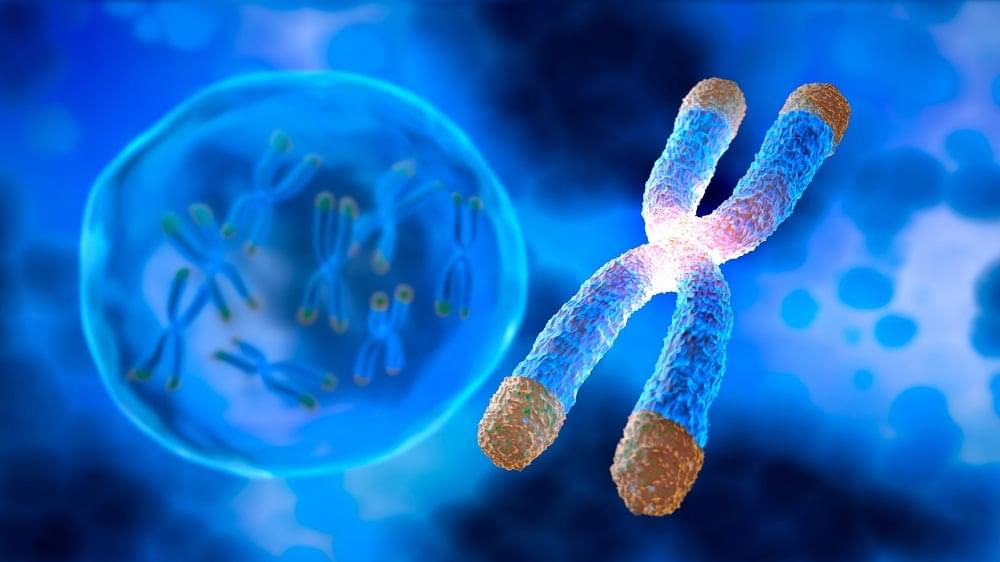
The enzyme telomerase can prevent telomere attrition from happening by extending the length of telomeres. However, in most multicellular organisms, including humans, telomerase expression is switched off, except in germ cells, some types of stem cells, and certain white blood cells. While this might play a role in preventing cancer, as most cancerous cells must switch telomerase expression back on via mutations to enable runaway replication, numerous studies have shown that increasing telomerase through TERT delays aging and increases longevity of model organisms [1].
The small molecule that could
In the lab, this is usually done by introducing genetic vectors carrying a working copy of the gene that codes TERT. It’s this gene that is switched off in somatic cells. However, gene therapies are complex and expensive, and they are just entering the medical mainstream. What if we could do the same using a small molecule?

Researchers from Johns Hopkins Medicine and the National Institutes of Health’s National Institute on Aging say their study of 40 older adults with obesity and insulin resistance who were randomly assigned to either an intermittent fasting diet or a standard healthy diet approved by the U.S. Department of Agriculture (USDA) offers important clues about the potential benefits of both eating plans on brain health.
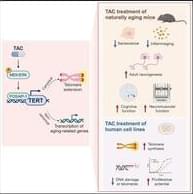
This study identifies a small molecule (TAC) that restores physiological levels of TERT throughout aged tissues, resulting in the rejuvenation of multiple tissues. Specifically, TAC administration in very aged mice alleviates multiple aging hallmarks such as cellular senescence and systemic inflammation, promotes new neuron formation with improved cognitive ability, enhances neuromuscular function, and is well tolerated with no evidence of toxicity.
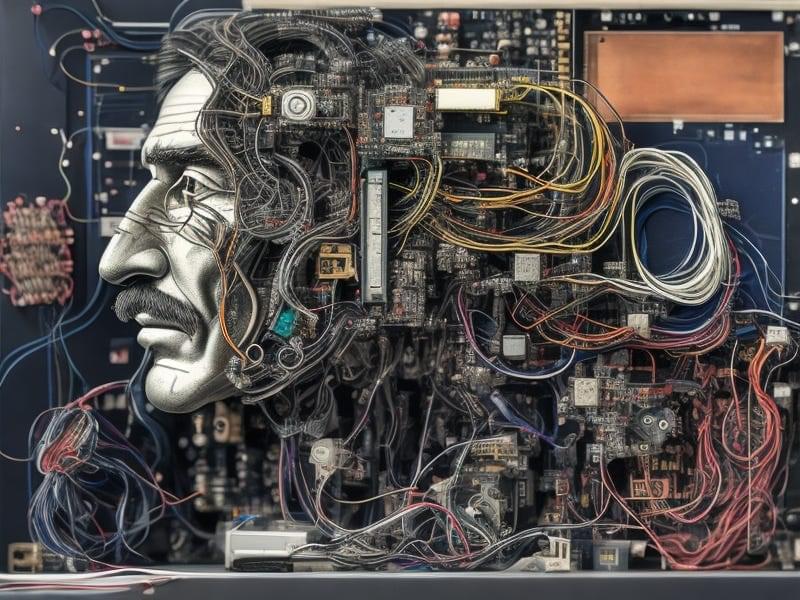
Plus, Turing also showed that achieving universality doesn’t require anything fancy. The basic equipment of a universal machine is just not more advanced than a kid’s abacus — operations like incrementing, decrementing, and conditional jumping are all it takes to create software of any complexity: be it a calculator, Minecraft, or an AI chatbot.
Likewise, consciousness might just be an emergent property of the software running AGI, much like how the hardware of a universal machine gives rise to its capabilities. Personally, I don’t buy into the idea of something sitting on top of the physical human brain — no immortal soul or astral “I” floating around in higher dimensions. It’s all just flesh and bone. Think of it like an anthill: this incredibly complex system doesn’t need some divine spirit to explain its organized society, impressive architecture, or mushroom farms. The anthill’s intricate behaviour, often referred to as a superorganism, emerges from the interactions of its individual ants without needing to be reduced to them. Similarly, a single ant wandering around in a terrarium won’t tell you much about the anthill as a whole. Brain neurons are like those ants — pretty dumb on their own, but get around 86 billion of them together, and suddenly you’ve got “I” with all its experiences, dreams, and… consciousness.
So basically, if something can think, it can also think about itself. That means consciousness is a natural part of thinking — it just comes with the territory. And if you think about it, this also means you can’t really have thinking without consciousness, which brings us back to the whole Skynet thing.

Centenarians have become the fastest-growing demographic group in the world, with numbers approximately doubling every 10 years since the 1970s.
Many researchers have sought out the factors and contributors that determine a long and healthy life. The dissolution isn’t new either, with Plato and Aristotle writing about the ageing process over 2,300 years ago.
Understanding what is behind living a longer life involves unravelling the complex interplay of genetic predisposition and lifestyle factors and how they interact.
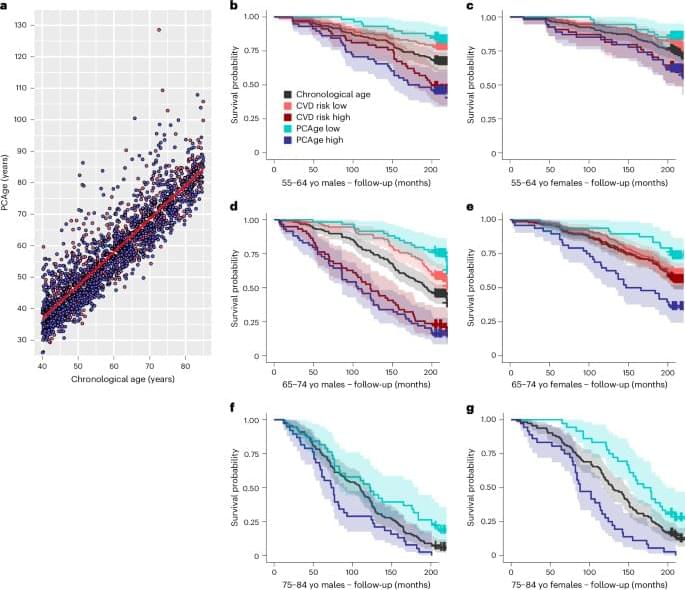
Using a dimensionality reduction approach, Fong et al. generated a clinical aging clock (PCAge) that delineates healthy and unhealthy aging trajectories. They provide a streamlined version (LinAge) that maintains predictive power, and they demonstrate how the clock can be tailored to available data using the CALERIE study.
Bringing together the global cryonics field including leaders, researchers, and members.
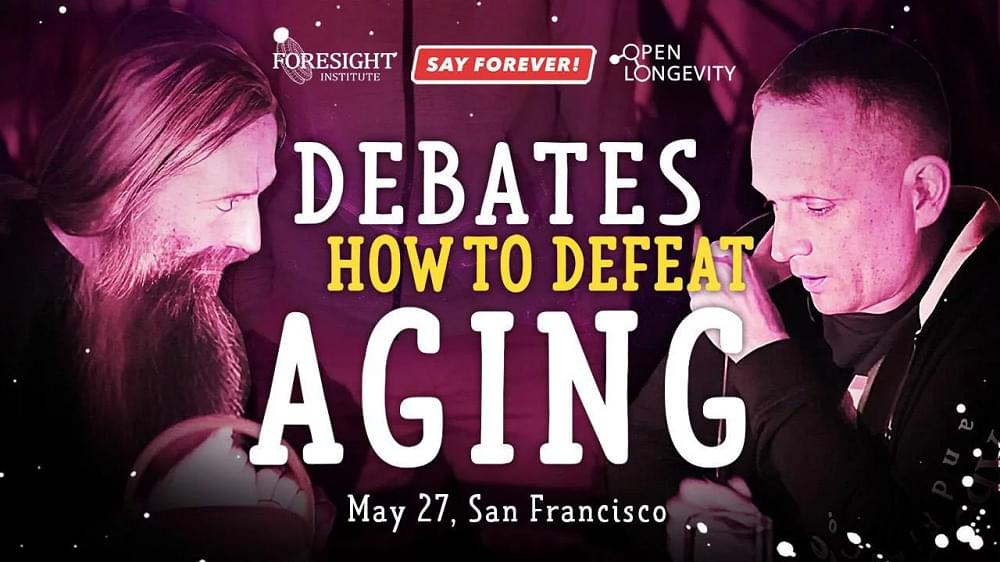
In a much-anticipated debate, prominent aging researchers Aubrey de Grey and Peter Fedichev presented their competing, but also overlapping, theories.
When the non-profits Foresight Institute, Open Longevity, and Say Forever had the idea to hold debates on the best strategy to defeat aging, there was little question about whom they should invite first. Aubrey de Grey, head of LEV Foundation and one of the faces of the longevity field, and Peter Fedichev, CEO of Gero and a rising star in the same field, already had an impromptu debate last year in Zuzalu, the longevity/crypto/AI-themed pop-up city in Montenegro. I had the honor to witness that clash of titans, which kept a small but dedicated crowd on its toes for more than two hours.
The impromptu debate in Zuzalu. Photo: Arkadi Mazin.